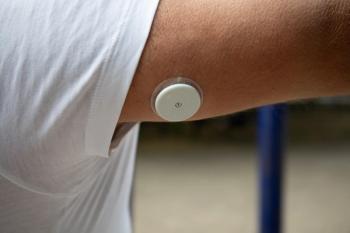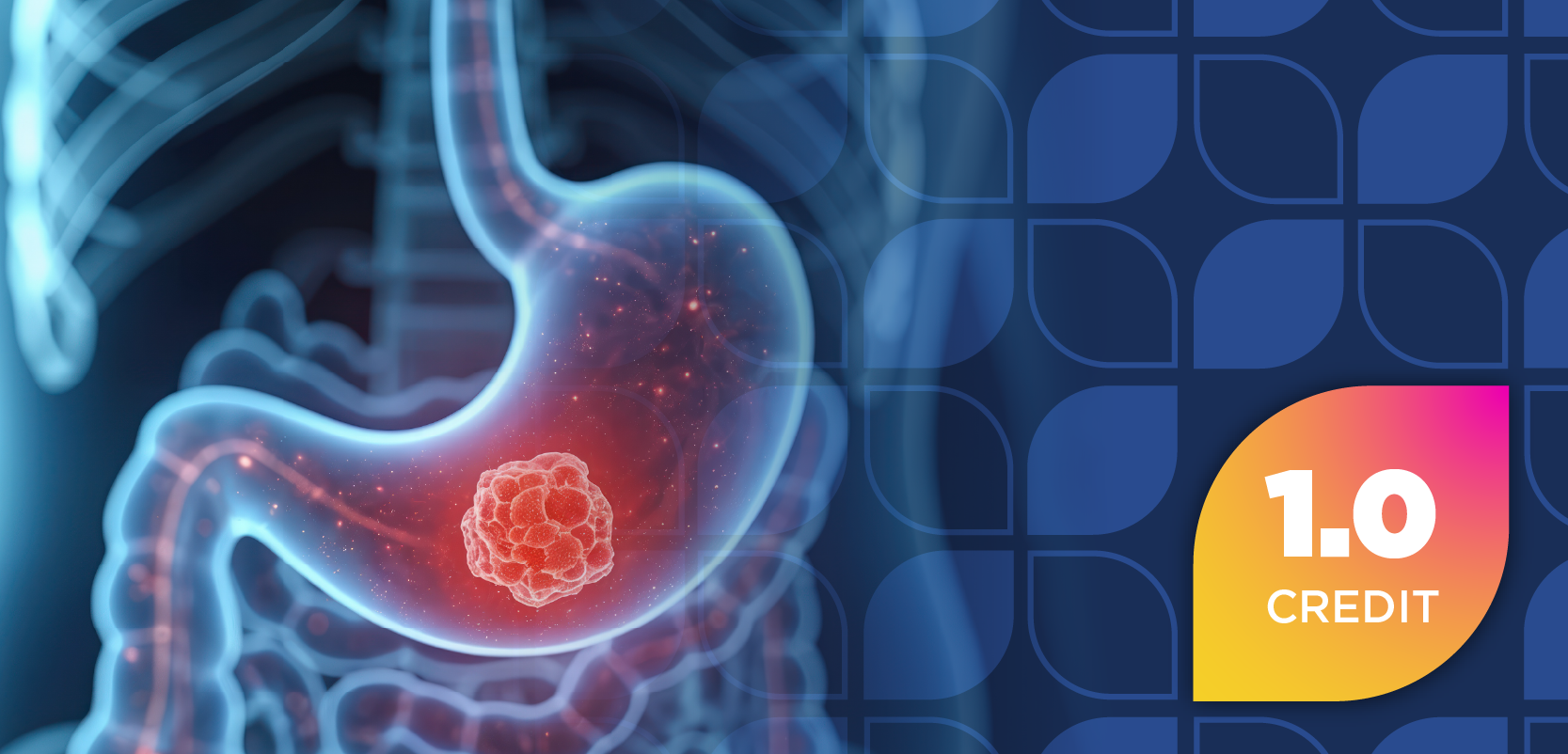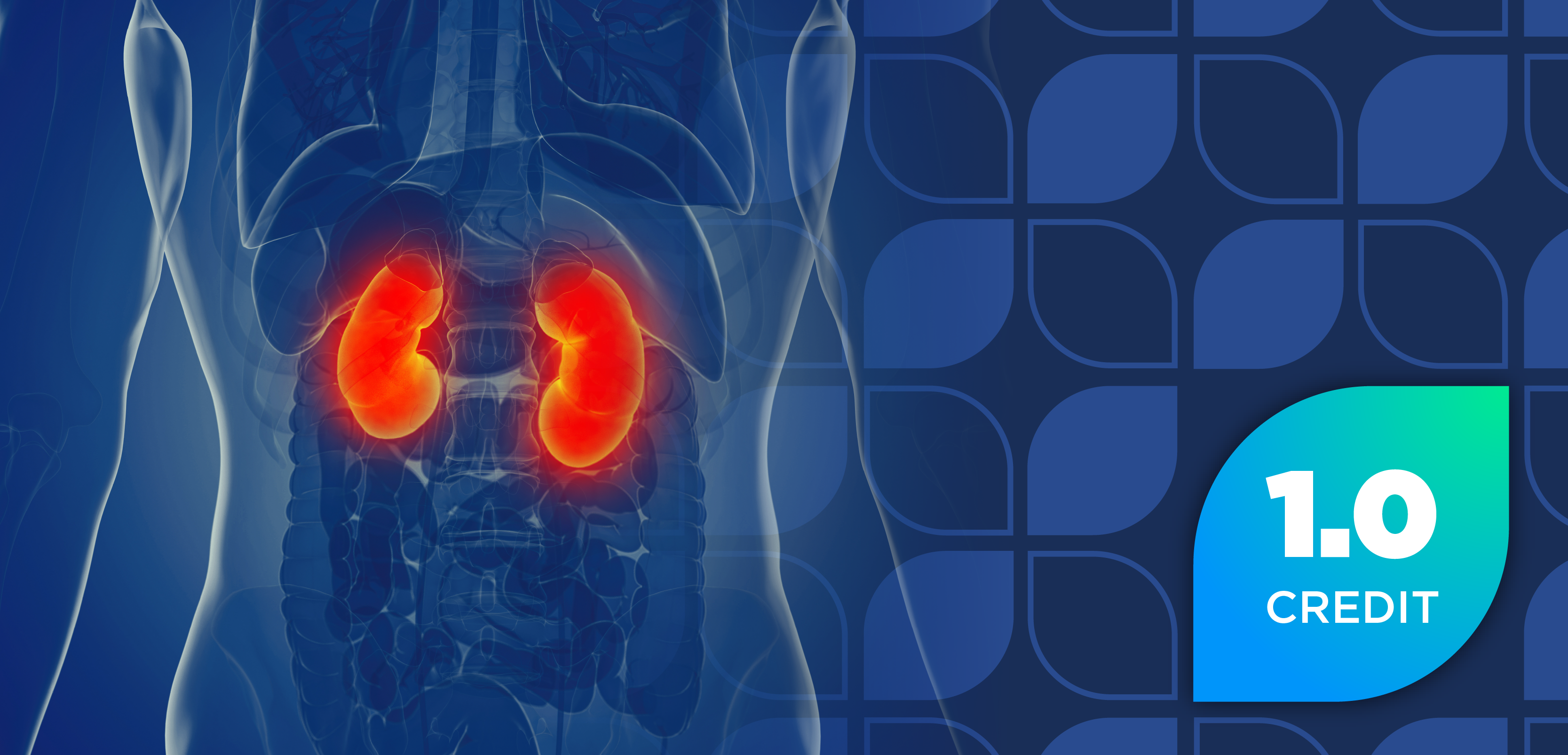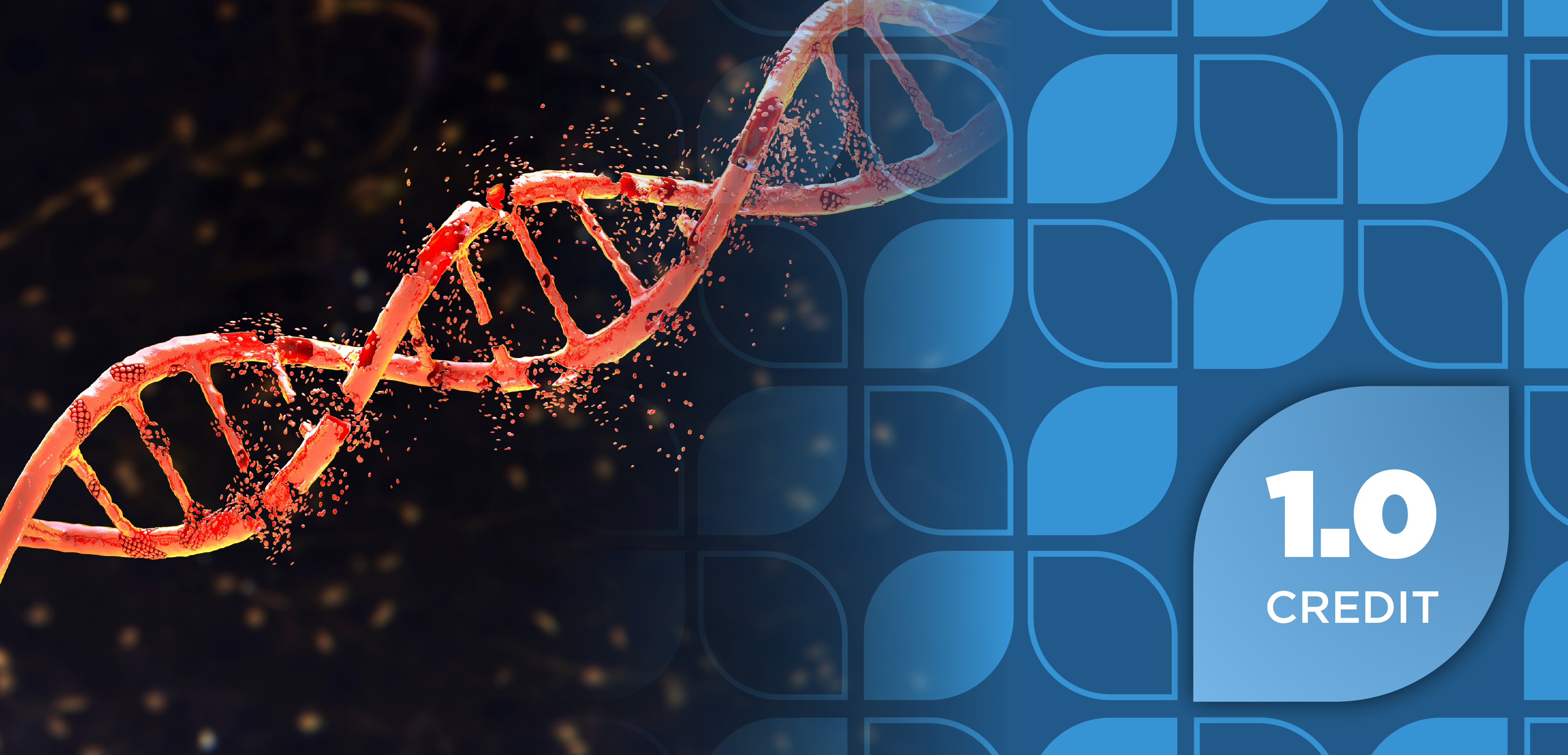
Lipid-Lowering Effects Discovered in FDA-Approved Drugs Using Machine Learning
Key Takeaways
- Machine learning identified 29 FDA-approved drugs with potential lipid-lowering effects, expanding treatment options for hyperlipidemia.
- Retrospective clinical data and animal experiments validated the efficacy of drugs like argatroban and levothyroxine sodium in modulating lipid levels.
Multiple FDA-approved drugs without lipid-lowering indications were identified to have potential lipid-lowering properties.
Using a series of machine learning models and laboratory experiments, investigators found a series of FDA-approved drugs that could provide lipid-lowering properties to patients dealing with high cholesterol, according to research published in Acta Pharmacologica Sinica. If successfully repurposed, these drugs could expand the arsenal of lipid-lowering therapies available for clinicians and pharmacists to provide to patients.1,2
Critical Need for Novel Agents to Treat Hyperlipidemia
Hyperlipidemia carries a high presence in the US population. The American Heart Association’s 2023 Heart Disease and Stroke Statistics Update found a 34.7% prevalence of hypercholesterolemia and about a quarter of US adults harbored elevated low-density lipoprotein cholesterol (LDL-C) levels from 2017 to 2022. The role of elevated LDL-C in the development of cardiovascular disease necessitates that thorough vigilance and comprehensive management of hyperlipidemia be employed for patients.1,3
A variety of lipid-lowering therapies are available to patients in the form of statins, cholesterol absorption inhibitors, and proprotein convertase subtilisin/kexin type 9 (PCSK9) inhibitors. These medications, each with its own unique mechanism of action, are effective at reducing lipid levels, but patients face a multitude of challenges regarding uptake of such medications. Studies have found that some individuals demonstrate poor tolerance to existing therapies, whereas others exhibit reduced sensitivity to such drugs.1,4,5
Identifying novel strategies for lipid-lowering is critical. Machine learning is a promising avenue for such exploration, featuring the ability to extract key features and discern patterns from biomedical datasets while determining possible drug-disease associations. To determine new avenues for lipid-lowering, the investigators sought to utilize machine learning to identify FDA-approved, non-lipid-lowering drugs that could be repurposed to help patients lower their cholesterol.1
The authors aimed to apply machine learning methods with public databases and literature to compile a series of drug candidates that could be repurposed to lower lipid levels in patients. Multiple machine learning algorithms were utilized to develop a model that could validate the lipid-lowering efficacy of non-lipid-lowering drugs. Furthermore, to evaluate the validity of the machine learning results, the authors conducted retrospective clinical data validation and animal experiments.1
Multiple Drugs Exhibit Significant Lipid-Lowering Potential
A novel machine learning framework was utilized to analyze 3430 drugs—176 known lipid-lowering agents and 3254 controls. Following an analysis of the results, at least 8 models identified a total of 29 FDA-approved drugs without lipid-lowering indications that could have lipid-lowering potential.1,2
Next, the authors sought to validate these drugs through a retrospective clinical data analysis. Through a comparative analysis of patients’ average blood lipid profiles before and after medication, 4 drugs—argatroban (Acova), levothyroxine sodium (Levoxyl; Pfizer), oseltamivir (Tamiflu; Roche), and thiamine—demonstrated meaningful biological activity in modulating patients’ blood lipid parameters. Argatroban was found to elicit the most pronounced effects, including on LDL and triglycerides.
In vivo experiments conducted through mouse models indicated other drugs that significantly modulated key lipid-related blood indicators. Again, levothyroxine sodium elicited significant triglyceride-lowering effects, along with sulfaphenazole. Six agents, including sorafenib (Nexavar; Bayer), prasterone (Intrarosa; Cosette Pharmaceuticals), and regorafenib (Stivarga; Bayer), exhibited significant effects on blood high-density lipoprotein (HDL) levels. Prasterone demonstrated the most notable HDL-elevating effect in the experiment.
Expansive Possibilities
Not only do the results of this trial provide a multitude of non-lipid-lowering therapies that could in fact be used to lower lipids, but they also demonstrate the feasibility of machine learning in examining data sets, exploring the potential of drugs, and incorporating numerous sources to provide solutions that can aid clinicians and pharmacists. The numerous validations the investigators underwent provide strong reliability to the study results, but interpreters should still exert caution given the limitations of artificial intelligence.1
Across all the identified candidates, argatroban, levothyroxine sodium, and sulfaphenazole emerged as particularly notable, with significant potential to lower lipids. As the authors discuss, these agents could serve as useful gap-fillers for patients who do not tolerate or respond well to conventional lipid-lowering therapies. Notably, the newly identified agents could be combined with existing medications to achieve synergistic lipid-lowering effects, according to the authors. Beyond drug repurposing, the results could provide new directions for investigators in developing targeted therapies to control lipid levels.1
"We’ve established a paradigm for AI-driven drug repositioning," Peng Luo, MD, senior author of the study, said in a news release accompanying the results. "By integrating computational predictions with clinical and experimental validation, we bypass decades of traditional drug development—offering clinicians new tools faster and cheaper."2
REFERENCES
1. Chen J, Li K, Fan C, et al. Integration of machine learning and experimental validation reveals new lipid-lowering drug candidates. Acta Pharma Sinica. Published Online April 15, 2025. Accessed August 7, 2025. doi:10.1038/s41401-025-01539-1
2. Far Publishing Limited. Integration of machine learning and experimental validation reveals new lipid-lowering drug candidates. EurekAlert!. News Release. Released July 30, 2025. Accessed August 7, 2025. https://www.eurekalert.org/news-releases/1092991
3. Tsao CW, Aday AW, Almarzooq ZI, et al. Heart Disease and Stroke Statistics—2023 Update: A Report From the American Heart Association. Circulation. 2023;147(8). doi:10.1161/CIR.0000000000001123
4. Stroes ES, Thompson PD, Corsini A, et al. Statin-associated muscle symptoms: impact on statin therapy—European Atherosclerosis Society Consensus Panel Statement on Assessment, Aetiology and Management. Euro Heart Journ. 2015;36(17):1012-1022. doi:10.1093/eurheartj/ehv043
5. Boekholdt SM, Hovingh GK, Mora S, et al. Very Low Levels of Atherogenic Lipoproteins and the Risk for Cardiovascular Events: A Meta-Analysis of Statin Trials. JACC. 2014;64(5):485-494. doi:10.1016/j.jacc.2014.02.615
Newsletter
Stay informed on drug updates, treatment guidelines, and pharmacy practice trends—subscribe to Pharmacy Times for weekly clinical insights.

















































































































































































































